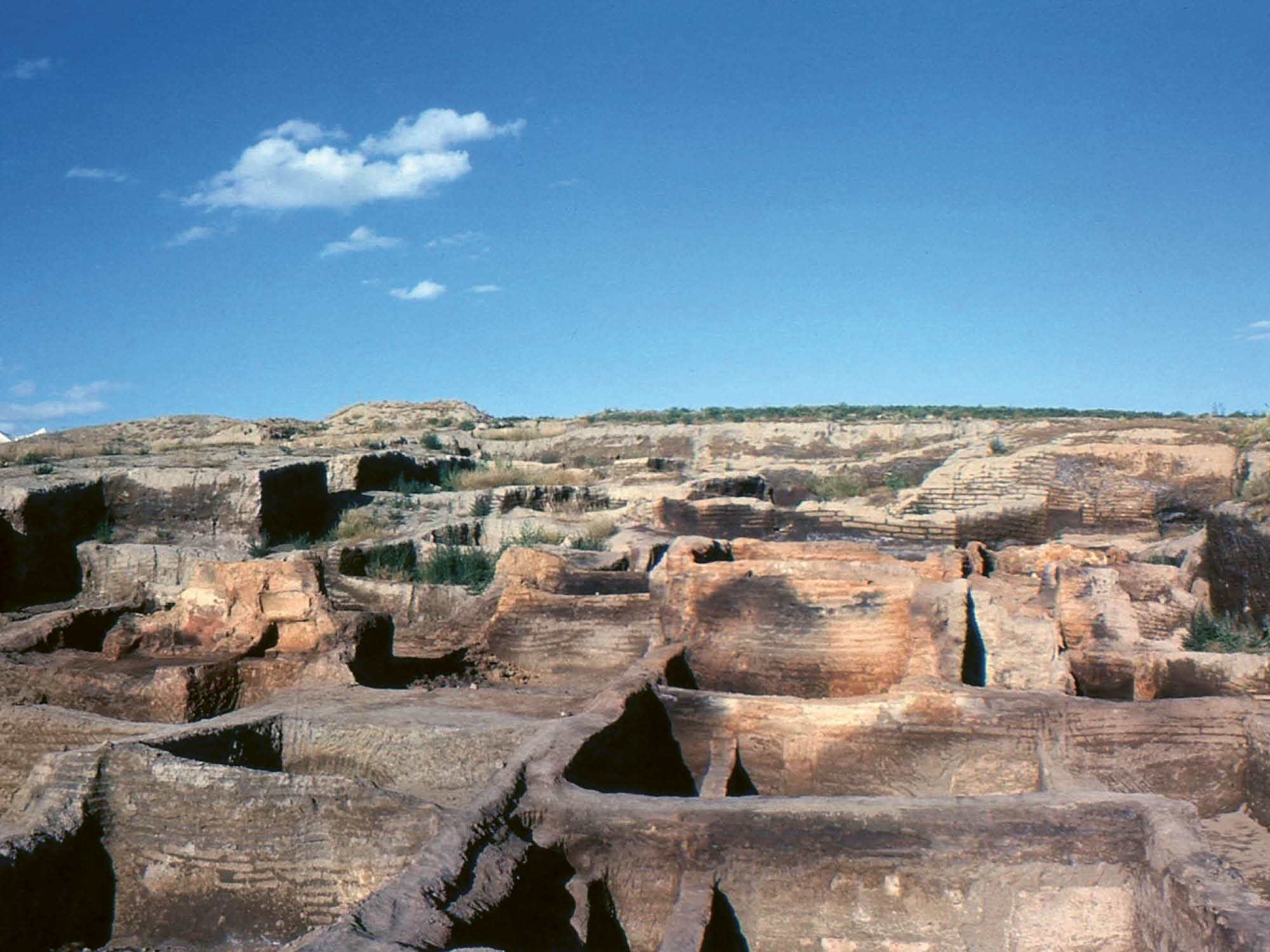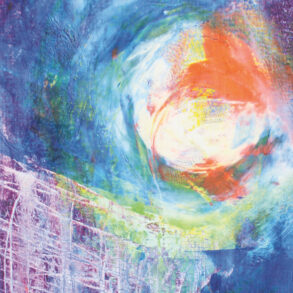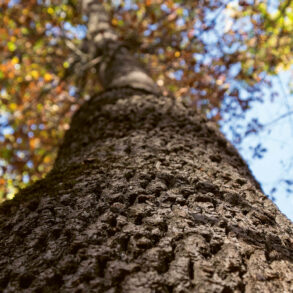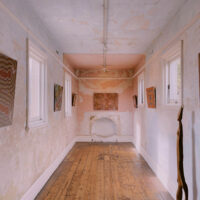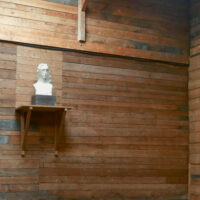Çatalhöyük is among the oldest surviving human settlements. The mud brick buildings on the Anatolian plateau date roughly from 7500 to 5600 B.C. Individual dwellings are tightly clustered together, almost as if to form one large house in which up to 8,000 people lived. Flat roofs provide access to each dwelling and movement between them. The deceased were buried within these dwellings and thus probably remained connected to them. The American anthropologist Marin Pilloud has established through genetic analysis that it was not people’s own family members who were buried with them. Conversely, the graves of family members are distributed among many homes. If it was not family ties, then what were the reasons for taking the deceased into one’s home and literally living with them? Presumably, it was for the same reasons that we today incorporate the deceased, who mean a lot to us and to whom we owe a great deal, into our daily lives. In Çatalhöyük, it happened physically—today, it happens spiritually. In both cases, free human community manifests itself beyond the grave.
Image Excavations at the Neolithic settlement of Çatalhöyük, Turkey. (CC BY-SA)

